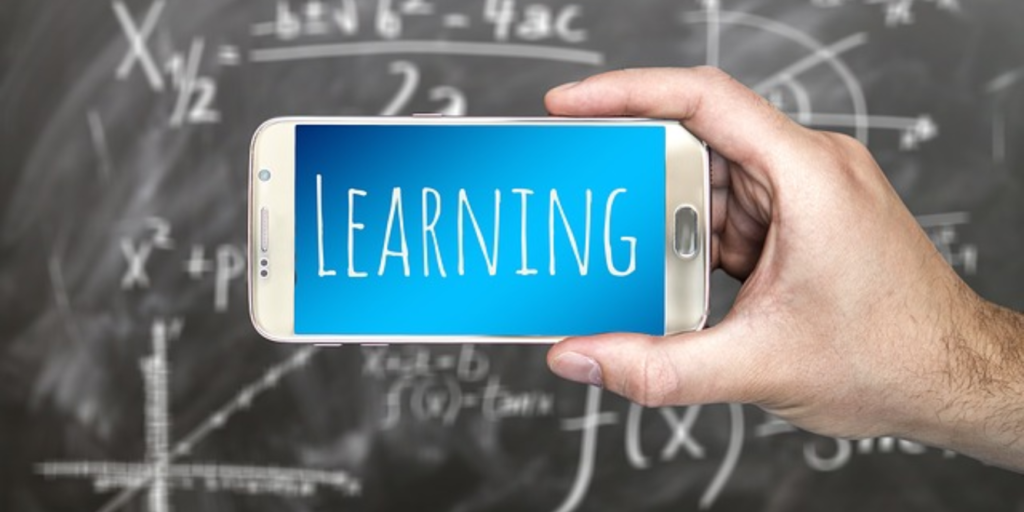Mobile phones have become an integral part of our daily lives, and they can be effectively used to support education in various ways. Here are some examples:
Access to information: With a mobile phone, students can access information from the internet anytime and anywhere. They can use search engines to find information on any subject, access educational apps, and even participate in online courses.
Learning through apps: Mobile phones offer various educational apps that can help students learn in a more interactive and engaging way. These apps cover subjects such as math, science, languages, and more. Many of these apps also offer gamification, which makes learning more fun and enjoyable.
Collaboration and communication: Mobile phones enable students to collaborate and communicate with their classmates and teachers in real time. Students can use messaging, video conferencing, and social media to ask questions, discuss topics, and share resources.
Digital note-taking and organization: Students can use their mobile phones to take notes and organize their study materials. There are various note-taking apps available that allow students to record lectures, create to-do lists, and set reminders.
Accessibility: Mobile phones can be used to support students with disabilities. There are various accessibility features available on mobile phones, such as text-to-speech, speech-to-text, and visual aids.
In conclusion, mobile phones offer several benefits to support education. They can help students access information, learn through apps, collaborate and communicate, take notes, and support accessibility. However, it is important to note that the use of mobile phones in education must be regulated to ensure that students are not distracted during class time and that they are using their phones for educational purposes.

